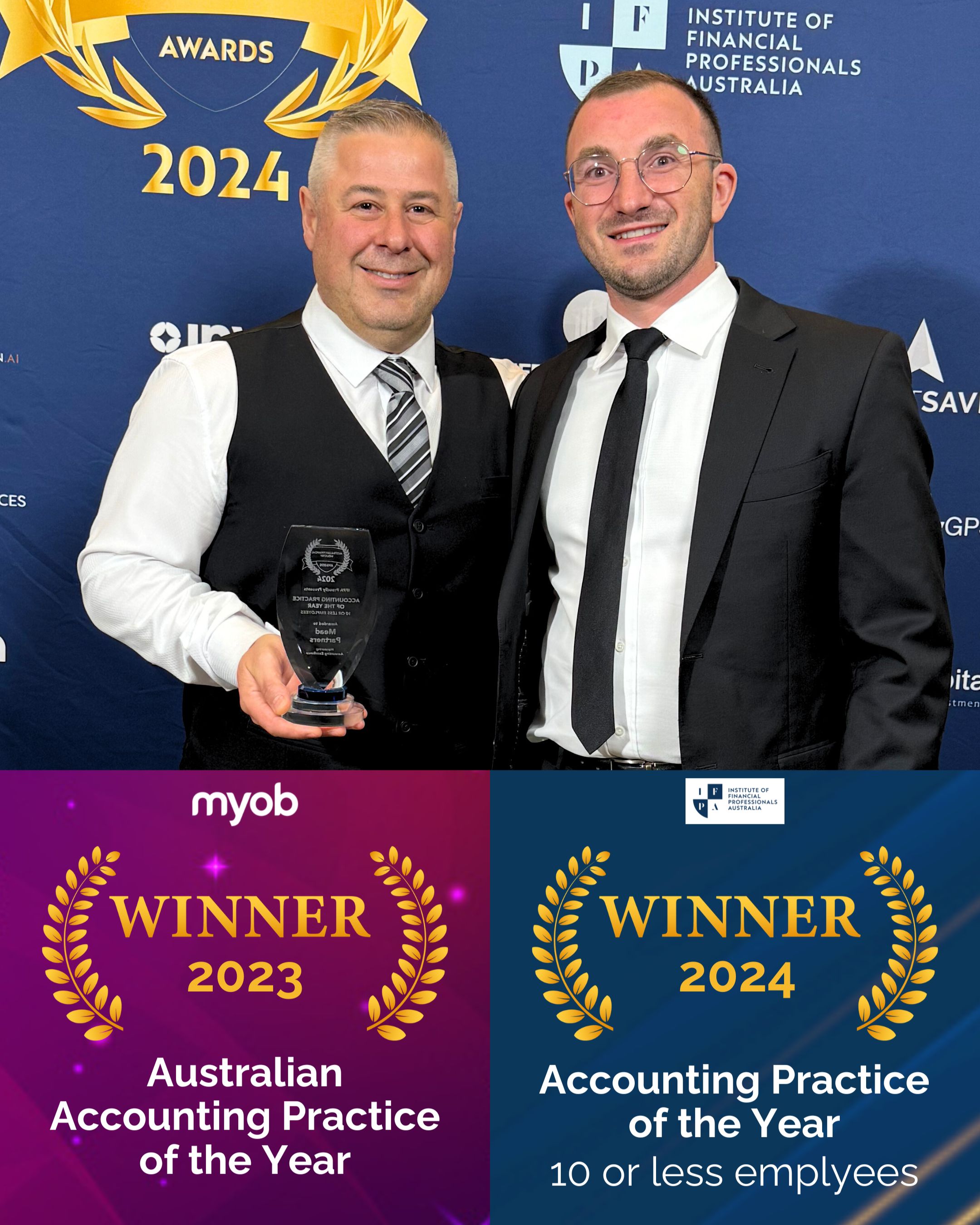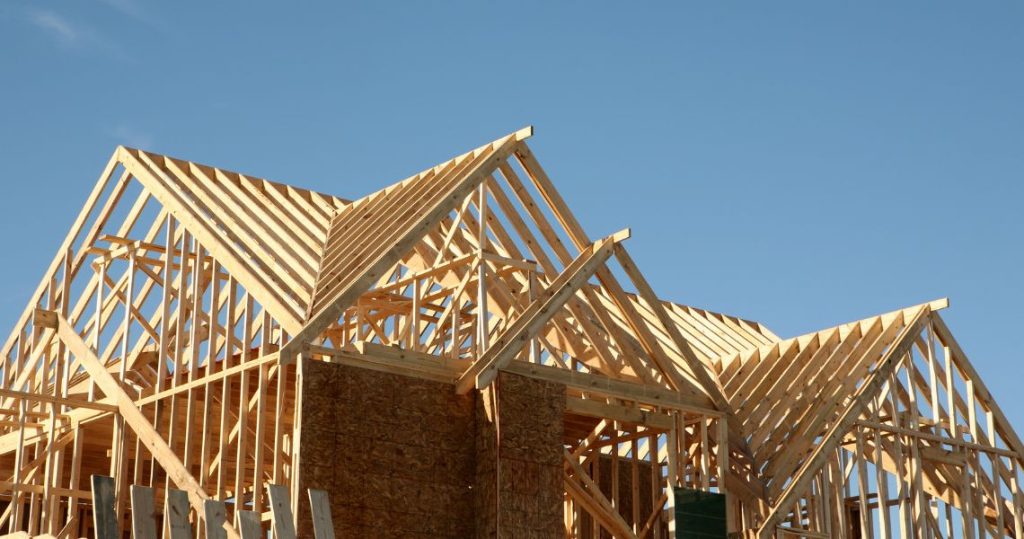
Book a Free Consultation!
✅Builders CFO Program
✅Business Improvement Program
✅Taxation Advice


How did Metricon go from crisis to profitability?
Industry learnings from Metricon and why business resilience matters
After an almost disastrous end, Metricon has had a $76 million turnaround – despite the Building and Construction industry still being one of the biggest at risk industries for insolvency. How did the big construction giant beat industry odds and go from crisis to profit?
In this article our business advisors go into the Metricon story and explore what measures they put in place, identifying key learnings builders and tradies can apply to build business resilience.
The Metricon story: from crisis to profitability
With rising materials costs and labour shortages, the building and construction industry was in a world of hurt post pandemic. In 2022, the unthinkable happened: the large building and construction groups started to fall. Metricon entered into crisis negotiations, with the group rumoured to follow construction giants Probuild and Condev into liquidation.
Beating the odds, Metricon has not only stayed afloat but is continuously growing in profitability. After being $33 million in debt, the group has recorded $42 million in earnings in the last financial year. However, it wasn’t luck that saw this dramatic turnaround. Metricon implemented key business resilience strategies to get the company back on track.
Key business strategies that Metricon implemented
In a recent interview on Elephant in the Room podcast, Metricon’s CEO shared key industry challenges they faced and strategies they adopted to rebuild.
-
Reassessing contract types and service positioning
After almost two decades of sector stability, many builders were able to easily forecast projects and future costs. This led to many building and construction groups offering fixed-price contracts and long lead times.
While these contract types were great for consumers, fast-rising labour and material costs put many builders quickly in the red. Not wanting to leave clients with half finished homes, the Metricon team went against industry trends and decided to not renegotiate contracts. Instead, they focused on completing old, fixed-price contracts off the project books. All new projects were then moved to more flexible contract types to allow the group to be more adaptive to industry changes, supplier issues, and material costs.
Looking at customer demographics Metricon also identified consumers wanted immediate home solutions to get into the housing market. This insight has enabled them to pivot towards more turn-key building solutions, focusing on positioning themselves as a builder that could deliver an affordable home at the speed they needed.
-
Re-negotiating with suppliers and partners
While the team worked through their fixed-price contract workbook, Metricon collaborated with suppliers, financiers and trade credit insurers to negotiate much needed time.
This allowed the group to work alongside suppliers and partners throughout the process, finding solutions that allowed Metricon to move forward and worked for all partners involved. This open communication had another impact: it reassured suppliers and partners and protected future partner relationships.
-
Improving process efficiency
To meet immediate home demands and deliver affordable houses at speed, Metricon needed to create efficiencies both operationally and on site. Moving to turn-key designs was part of the puzzle, unlocking cost efficiencies, more predictable project costs, and streamlining project processes.
Looking for opportunities to do things smarter, the team assessed their projects from start to finish for process and project improvements and enhancements.
-
Creating supply chain stability
With continued rising material costs, Metricon focused on working with suppliers to create consistent supply chains and minimise material cost fluctuations.
The team also challenged how they looked at risks, reframing these as potential opportunity drivers. This new lens turned risks such as industry impacts caused by the US trade tariffs into opportunities for supply chain improvement. Noticing more international suppliers were looking to diversify supply chain opportunities outside of the US, Metricon is approaching manufacturers and negotiating new supply options.
-
Assessing business structure
As an older company, Metricon had been organically growing and expanding. Over time, they had moved away from business fundamentals and needed to reassess their structure to support their new direction.
By restructuring the business, they were able to optimise how they did business and ensure they had the right people to drive efficiencies and streamline business operations.
Steps you can take to build your own business resilience
With the building and construction sector still facing many challenges, the Metricon story highlights how building business resilience can be an industry game changer. Here, the key is being proactive and putting strategies in place that allow you to adapt quickly to changing economic, supply chain and industry conditions.
Working with builders, tradies and construction groups across Melbourne, here are three proactive strategies our business advisors recommend to build business resilience.
Identify where potential risks could be lurking
Understanding your potential business risks is a great first step, allowing you to put proactive strategies in place to minimise their impact or mitigate them all together. These could be risks in the short team, long term, or even in particular areas of your business.
As business advisors, this is one of the first areas we review when working with building and construction companies. Identifying these risks up front, we can work with clients to put strategies in place before they become an issue.
> Learn more about how to identify business risks
Know your financials inside and out
The most common reason builders and tradies reach out to us? Cash flow shortage and financial stress. This can be caused by supply chain issues, contractual disputes, or simply not being close enough to day to day financials.
By focusing on areas such as WIP reporting, daily Leading Hand reports, and creating clear payment and project schedules, you can get a better handle of your financials and business position at any given time. These in turn can also increase the accuracy of forecasts and project estimates, allowing you to make proactive and informed business decisions.
> Explore 7 ways to get your financials under control
Review your margins, contracts and services regularly
Regularly reviewing building project margins and contracts might seem time consuming but can be an effective way to lessen industry impacts. Just like Metricon, your existing contracts and service structure might also no longer be fit for purpose or impacting your adaptability.
These changes don’t need to be large, with small incremental changes possibly creating big improvements. For example, improving your profit margin by simply 1% could increase your profitability by $25,000. Changes to your services could also be an opportunity to increase customer satisfaction and the value you provide.
> Learn what margins builders should be applying
Take the first step: Get a business health assessment
Know where your business is today and easily identify areas of improvement or risk. Book 1:1 time with our business advisors and get a health assessment for your business.

Send To Someone